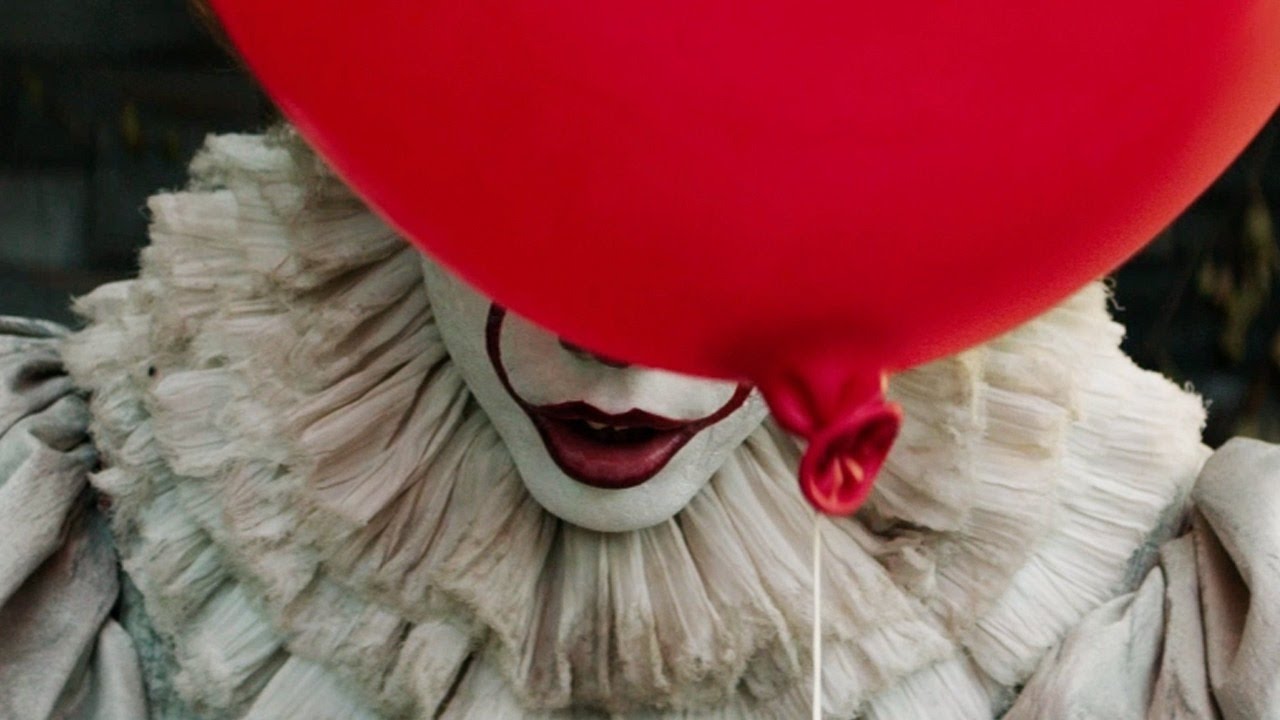by Seán McGovern
At some point in our lives, we all saw something that we weren't old enough to see. In the case of movies, they were ones late at night, at a friend's house, or when your folks were out. The 80s was a decade filled with monsters who bled into the 90s - Freddy, Jason, Thatcher - and their names and faces were etched into our minds. The 1990 two-part TV adaptation of Stephen King's novel IT was memorable more for Tim Curry's Pennywise, than for how good it actually was (and the less said about Part 2, the better). The fervour for Andy Muschietti's remake is not down to nostalgia, but to be reacquainted with a monster that really knows how to scare us.
This time the action is in 1989. The town, as ever, is Derry, Maine. A town that may as well have been built on a supernatural fault line, its townsfolk so unwittingly able to notice relentless evil that haunts them every 27 years or so. Our band of losers are Bill, the stutterer, whose brother disappeared months before; Ben, the sweet, bookish chubster; Beverly, the token girl with a bad reputation and an abusive home life; eternally allergic Eddie; anxious Stan; Mike who is black and homeschooled and last to join the group; and Ritchie, our tokenistic Stranger Things interloper. Each of their fears is manifested by Pennywise the clown (Bill Skarsgård), whose notable enhancements now include a Predator-like jaw.
IT has many adolescent tools of terror at its disposal, considering that puberty is scary enough. Couple that with a genuinely unspeakable evil and complicit adults and it's a recipe for bad dreams (Eddie's Mom is one of the creepiest things on the screen). IT takes advantage of a child's sense of time: A single summer in a thirteen year old's life can be a time of immeasurable change, whether or not a demonic monster is trying to kill you.
 Making the most of its R-rating and running time of over two hours, Muschietti punctuates the horror with humour and friendship. In a film with this amount of dread from start to finish, it's good to alleviate it with actual character development. The kids feel fully realized and their friendship seems genuine. They may be battling their nightmares, but it's still the summer, after all. You could argue that the combination of terror-respite-terror gives the pacing predictability, but is it really a gripe to go to a horror movie and complain that you were consistently unnerved all the time?
Making the most of its R-rating and running time of over two hours, Muschietti punctuates the horror with humour and friendship. In a film with this amount of dread from start to finish, it's good to alleviate it with actual character development. The kids feel fully realized and their friendship seems genuine. They may be battling their nightmares, but it's still the summer, after all. You could argue that the combination of terror-respite-terror gives the pacing predictability, but is it really a gripe to go to a horror movie and complain that you were consistently unnerved all the time?
The terror may dip now and again, but it's the analogue horrors that cause the most jumps. Though not presented in 3D, there's one rather meta moment that might as well be, and trust me, you'll be thankful it's not. At times, the most effective scares are of Pennywise's leering grin, a floating red balloon, or glimpses of him in the bushes.
But where IT really scares is knowing that the past has a nasty habit of repeating itself. The children will find a way to vanquish their demons, but the inevitability of them resurfacing is a constant threat. Confronting an evil we all thought was vanquished is something that has become all too real in 2017...
The bullies, however, are not totally realized. Henry Bowers is a straight-up bad guy (I mean even Pennywise admits he'll kill for a few months and then go away for 27 years) but the Bowers Gang are just simple-minded, hateful, racist thugs. Perhaps that's really what the mindset of a bully is? But compared to the real horrors, the bullies feel like violent distractions in the story. There are also a few clichés of the genre used for easy scares when you wish the filmmakers would allow simplicity to be enough, like adding the horror equivalent of canned laughter. But in a film full of so many unexpected delights, the limitations just feel more apparent.
For horror, Muschietti's IT is a breath of fresh air in a world of by-the-numbers exorcisms, b-roll found footage and spooky dolls. A film that can only be good for the genre, and I can't wait until someone not-quite-old-enough gets their hands on it.
Grade: B+/A-
Oscar Chances: No way. But its greatest victory could be what it does for contemporary horror.